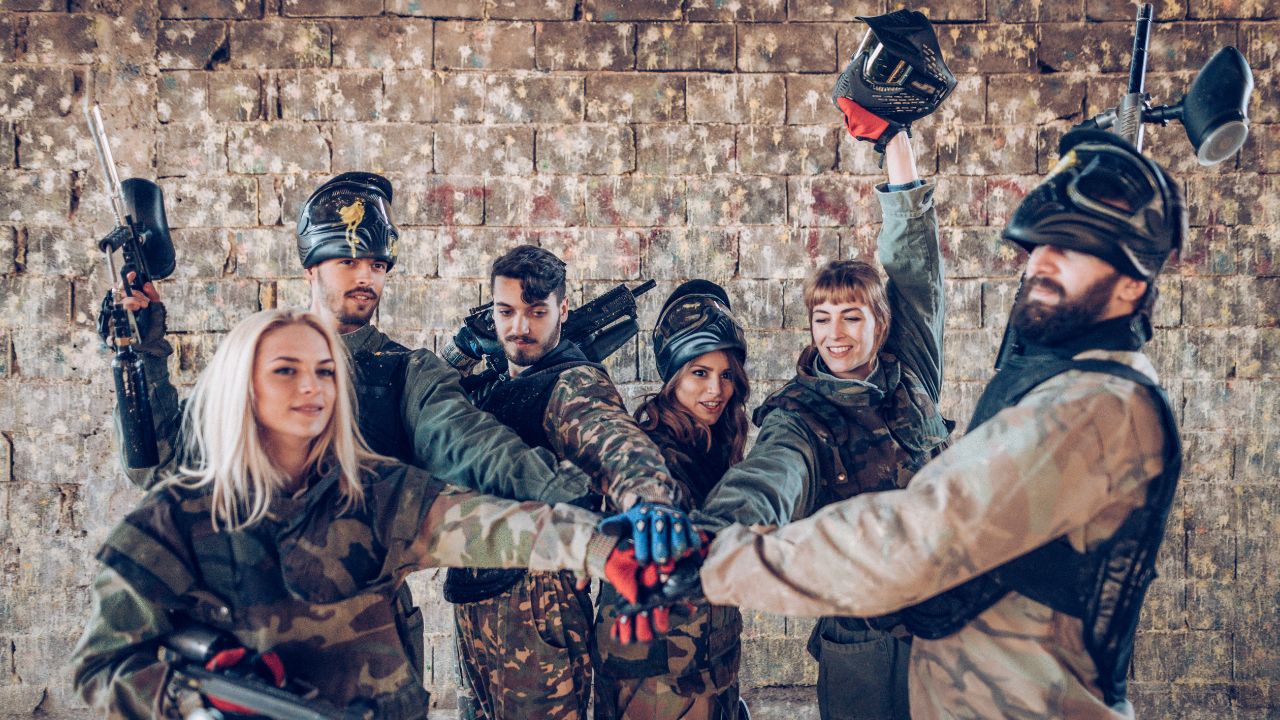When it comes to choosing a paintball tank, players are often faced with the decision between a 3000 PSI tank and a 4500 PSI tank. In this comprehensive comparison, we will delve into the characteristics, pros, and cons of 3000 PSI and 4500 PSI paintball tanks to help you make an informed choice for your paintball adventures.

Short Answer:
3000 PSI paintball tanks are cost-effective and lightweight, making them suitable for beginners and casual players, but offer fewer shots per fill. 4500 PSI tanks provide higher shot counts and better air efficiency, ideal for competitive and extended gameplay, but are more expensive.
Understanding 3000 PSI Paintball Tanks
A 3000 PSI paintball tank holds compressed air or nitrogen at a pressure of 3000 pounds per square inch. These tanks come in various sizes, typically ranging from 48 cubic inches (ci) to 88 ci. 3000 PSI tanks have been a staple in paintball for many years and are widely used by players of all skill levels.
Pros of 3000 PSI Paintball Tanks:
- Cost-Effective: 3000 PSI tanks are generally more affordable than their 4500 PSI counterparts, making them a budget-friendly option for players.
- Lightweight: Due to the lower pressure, 3000 PSI tanks are lighter in weight, allowing for easier maneuverability on the field.
- Common Refill Stations: Refill stations for 3000 PSI tanks are readily available at most paintball fields and facilities, ensuring easy access to refills during gameplay.
Cons of 3000 PSI Paintball Tanks:
- Lower Shot Count: The lower pressure of 3000 PSI tanks results in a lower shot count compared to 4500 PSI tanks, requiring more frequent refills during extended gameplay.
- Air Efficiency: 3000 PSI tanks may be less air-efficient than 4500 PSI tanks, meaning they may consume more air per shot.
- Bulkier Size: To compensate for the lower pressure, 3000 PSI tanks are often larger in size, which can impact mobility and comfort during gameplay.
Understanding 4500 PSI Paintball Tanks
A 4500 PSI paintball tank holds compressed air or nitrogen at a higher pressure of 4500 pounds per square inch. These tanks also come in various sizes, typically ranging from 48 ci to 88 ci. 4500 PSI tanks have gained popularity in recent years due to their performance benefits and efficiency.
Pros of 4500 PSI Paintball Tanks:
- Higher Shot Count: The higher pressure of 4500 PSI tanks allows for a greater shot count compared to 3000 PSI tanks, reducing the need for frequent refills during gameplay.
- Air Efficiency: 4500 PSI tanks are generally more air-efficient, providing more shots per fill and maximizing the use of the tank’s capacity.
- Compact Size: Due to the higher pressure, 4500 PSI tanks can be built with a smaller size and profile, improving mobility and comfort during gameplay.
Cons of 4500 PSI Paintball Tanks:
- Higher Cost: 4500 PSI tanks are typically more expensive than 3000 PSI tanks, which may be a consideration for budget-conscious players.
- Less Common Refill Stations: While refill stations for 4500 PSI tanks are becoming more widespread, they may not be as prevalent as those for 3000 PSI tanks in some locations.
- Increased Weight: Despite their smaller size, 4500 PSI tanks may still be slightly heavier than 3000 PSI tanks due to the higher pressure.
Performance Comparison
1. Shot Count
One of the primary differences between 3000 PSI and 4500 PSI tanks is the shot count they offer. Due to the higher pressure, 4500 PSI tanks can provide a greater number of shots per fill compared to 3000 PSI tanks. This higher shot count can be particularly advantageous during extended gameplay or scenarios where frequent refills are inconvenient.
2. Air Efficiency
4500 PSI tanks are generally more air-efficient than 3000 PSI tanks, meaning they utilize the air more effectively for each shot. With a higher pressure, 4500 PSI tanks can provide consistent velocity and accuracy throughout the duration of the tank’s use. This air efficiency contributes to a more reliable and predictable shooting experience.
3. Size and Weight
While 3000 PSI tanks are lighter due to the lower pressure, 4500 PSI tanks can be designed with a smaller size and profile, enhancing mobility and comfort during gameplay. The reduced size and weight of 4500 PSI tanks make them a popular choice among players seeking a more streamlined setup.
Suitability for Different Playing Styles
The choice between 3000 PSI and 4500 PSI paintball tanks can be influenced by your playing style and preferences.
3000 PSI Paintball Tanks are Suitable for:
- Budget-conscious players looking for a cost-effective option.
- Players engaging in shorter games with frequent breaks and opportunities for refills.
- Beginners and casual players who prioritize ease of use and accessibility.
4500 PSI Paintball Tanks are Suitable for:
- Competitive and experienced players seeking superior performance and efficiency.
- Extended gameplay or scenarios where refills may not be readily available.
- Players who prioritize a compact and lightweight setup for improved maneuverability.
Final Thoughts:
When choosing between 3000 PSI and 4500 PSI paintball tanks, consider your budget, playing style, and performance expectations. 3000 PSI tanks are more budget-friendly and provide a sufficient shot count for shorter games. They are also more common, with refill stations readily available at most paintball fields.
On the other hand, 4500 PSI tanks offer higher shot counts and superior air efficiency, making them ideal for competitive players and scenarios that demand extended gameplay. The smaller size and weight of 4500 PSI tanks enhance mobility and comfort on the field.
Ultimately, the best choice for your paintball adventures will depend on your specific needs and preferences. By understanding the characteristics and pros and cons of both 3000 PSI and 4500 PSI paintball tanks, you can make an informed decision that enhances your performance and enjoyment on the paintball field.
